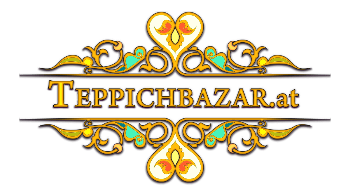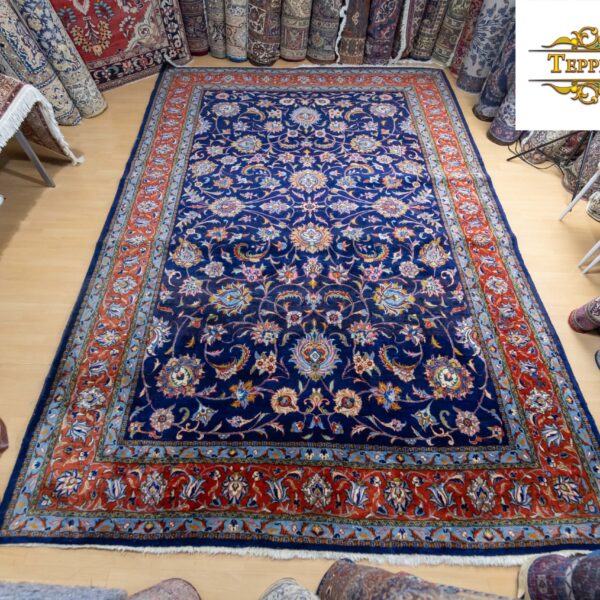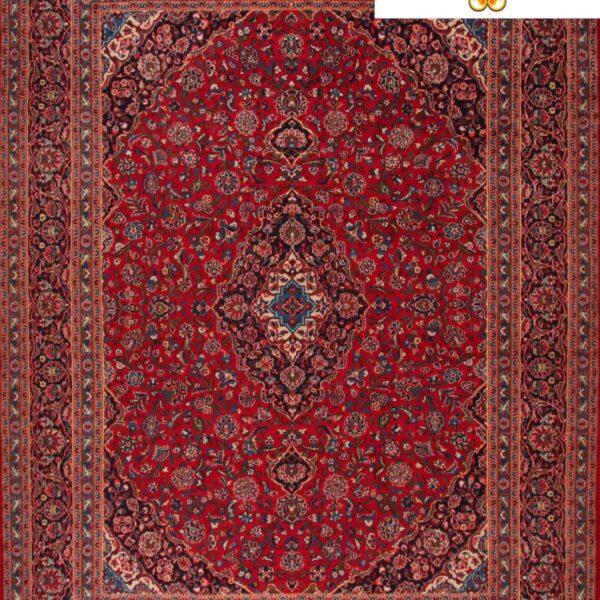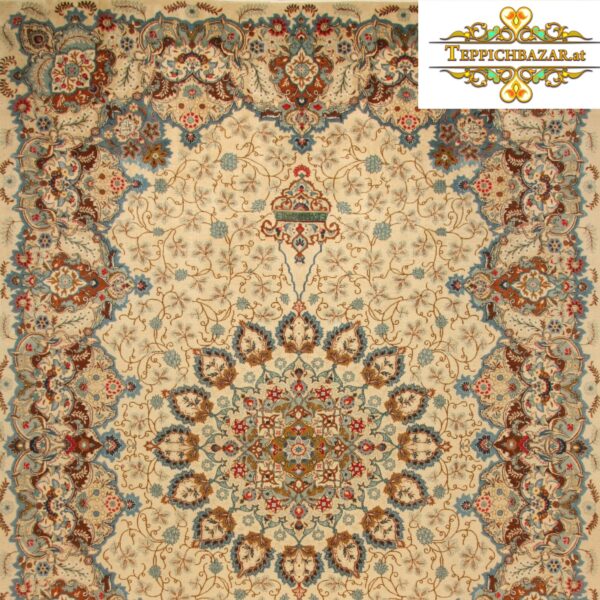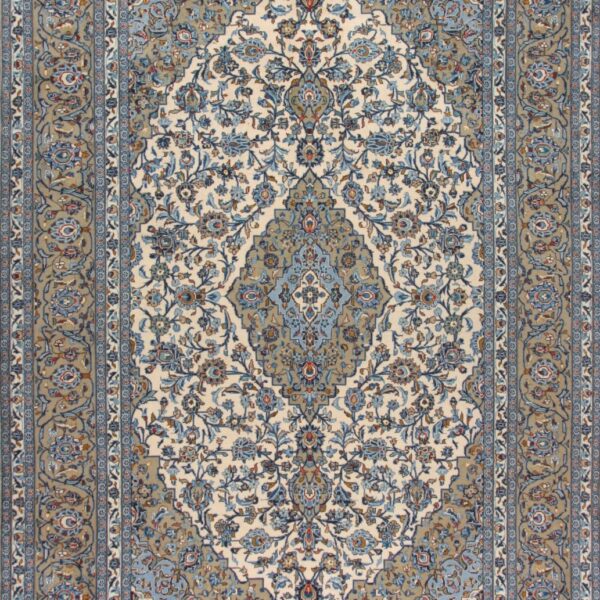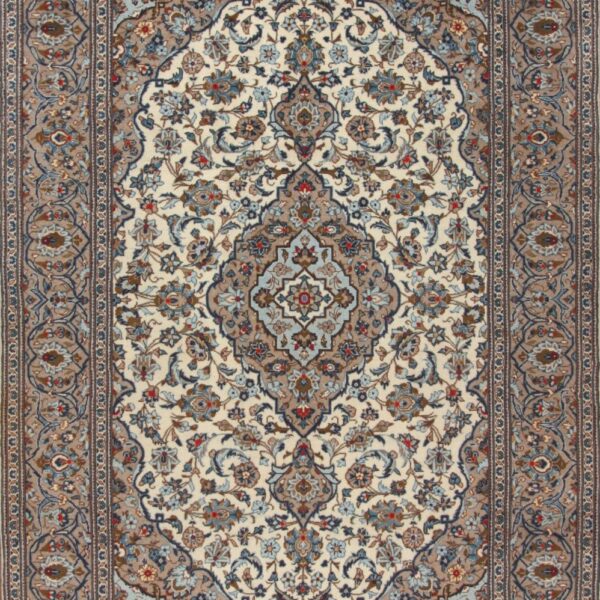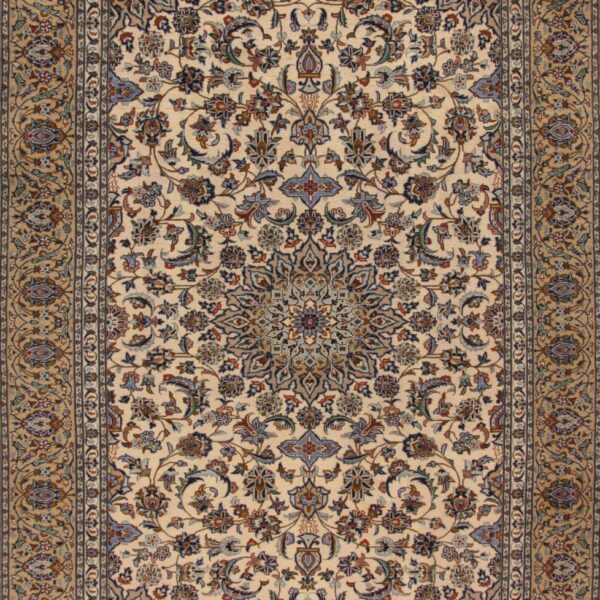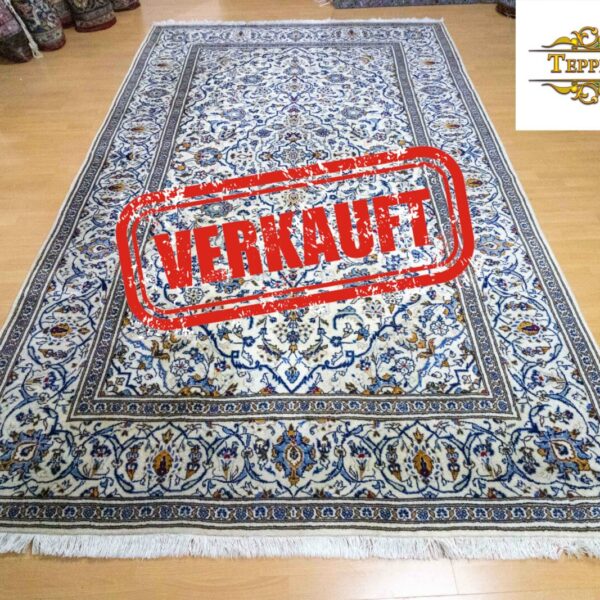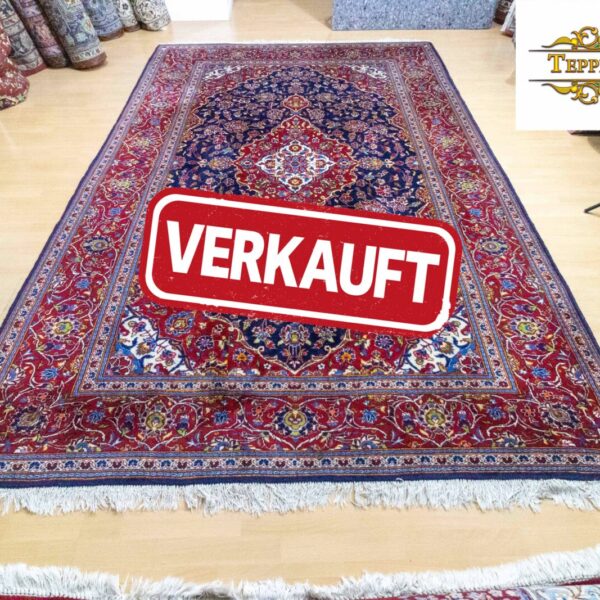Kashan carpets
Kashan carpets
Kashan carpets
Like most Persian carpets, Kashan carpets also bear the name of the city they come from: Kashan. The weaving of these rugs dates back to the 17th century, and some small silk patterns are said to date back to the early 16th century.
Known for their exquisite beauty, Kashan rugs are prized by rug collectors from around the world. This rug guide will help you make a more informed decision if you want to own one of these fabulous pieces.
Where are Kashan carpets made?
Kashan, one of the oldest cities in Iran, is located in the center of the country and is surrounded on all sides by the desert. The mountains to the west provided enough water to survive, but not much more, so the wool was harder and coarser and not good for rug weaving.
The first carpets in Kashan were made from merino wool, imported from Manchester, which was softer and finer than the locally available wool. Later carpets used wool from Sabzevar, a region of Iran that produces wool of very high quality.
Kashan rugs have a rich history dating back to the 17th century, during the Safavid era. There is evidence of minor silk creations dating back to the early 16th century.
Kashan was a favorite vacation spot for the rulers of the Safavid dynasty. Thus, the city offered its distinguished guests only the best of everything, from luxurious holiday homes to spectacular architecture. Even the carpets were made with the status of the guests in mind. It is not surprising that Kashan carpets are among the most majestic of all Persian carpets. Some of the carpets woven during this period are world famous.
Weavers have maintained the high quality of their materials, dyes, patterns and knotting styles throughout the centuries. When you buy a Kashan rug, you know you are buying a piece of history.
How do you recognize a Keshan rug?
A Keshan rug will not only instantly enhance any room, but it will also make a great talking point.
An easy way to spot a Kashan rug is to turn it over and check the knots on the underside. Weavers use the asymmetrical Senneh knot to make Kashan rugs. This is unlike most Persian rugs which typically have symmetrical knots.
The pattern of the medallions and corners and the use of a rich and deep color palette of blues, reds and ivory are other distinguishing features of Kashan rugs.
It is worth examining the weaving technique and the materials used, the colors of the carpet and the patterns and medallions with which it is decorated. Each of these factors is analyzed below.
weaving technique
A classic Kashan rug is woven using the asymmetrical Farsi knot. The first thing to do when examining any of these pieces is turn them over and look at the back. If the knots are asymmetrical, that is one of the clues that what you are looking at is Kashan.
Material of the pile of Kashan carpets
The original Kashan rugs have a cotton backing and a 100% wool pile. The pile is usually tailored to show the intricacies of the design work. As these rugs are hand-knotted, it is not uncommon to find them in different qualities.
However, there are also some variants as some weavers use silk reflections in the pile. Some weavers have also used silk materials in making their carpets, but these are very rare.
Type of knots used in Kashan carpets
Kashan rugs are typically woven with a type of asymmetrical double knot called a senneh knot.
The carpets are dense and heavy. A 4′ 6″ x 7′ Kashan rug can weigh up to 24 pounds, or about 10 kg.
Their double knots and higher density make these rugs extremely durable.
Weaving techniques for Kashan carpets.
Kashan rugs are woven on a special type of loom called “Dar”. The weavers tie each knot using the Farsi or Persian knotting technique, which is an asymmetrical style of warp and weft weaving, with two weft threads placed between the rows of knots.
Kashan carpet weavers have mastered this style and apply it with great skill and care, resulting in carpets of exceptional delicacy and finish. A look at the knots on the back of the rug can give you an idea of the great care that goes into making each knot.
Keshan rugs are among the highest quality Persian rugs available. The materials and patterns of these rugs still reflect their origins when they were made specifically for the rulers of the Safavid dynasty,
